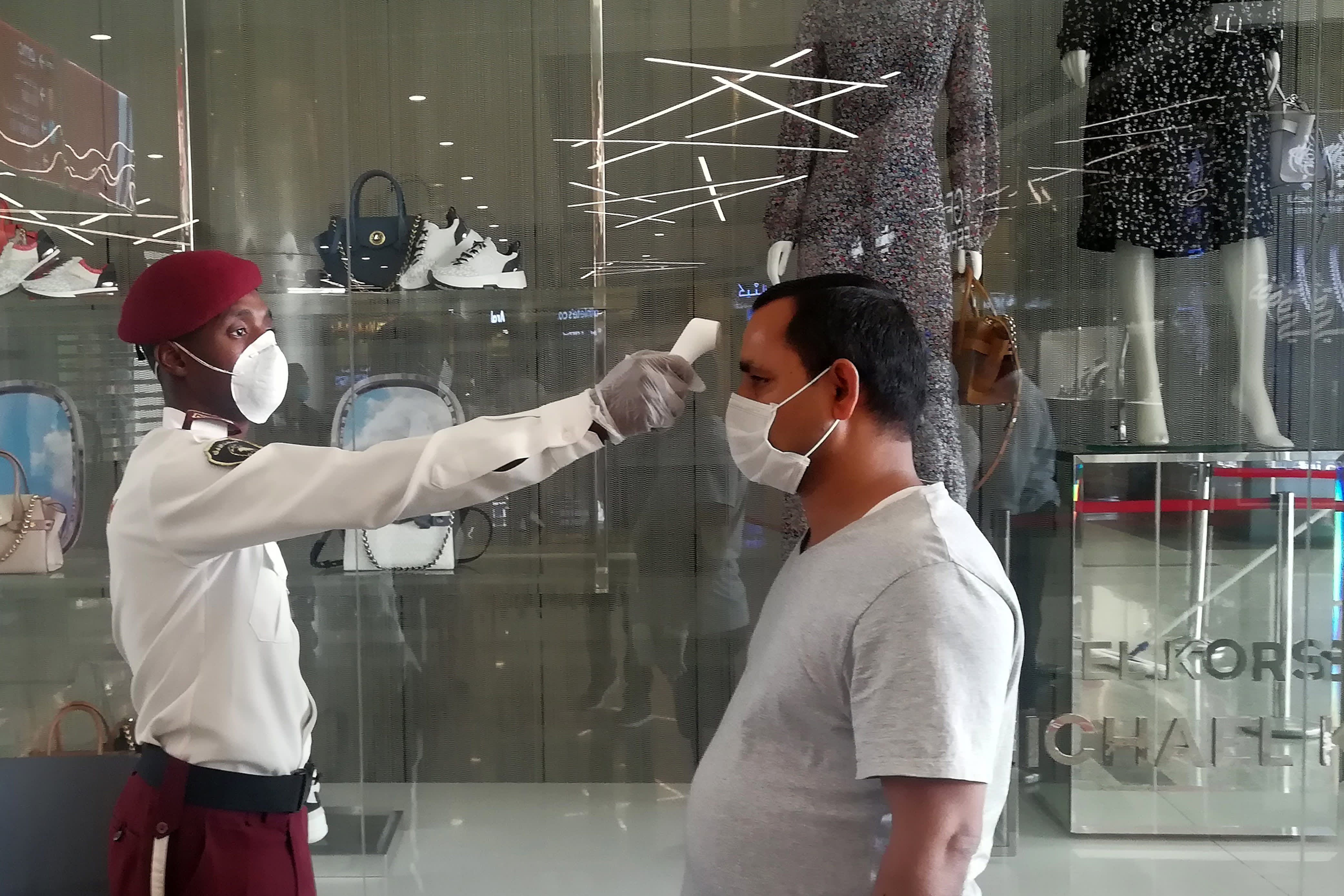DUBAI, United Arab Emirates — The International Monetary Fund has raised its economic outlook for the Middle East and North Africa region’s growth in 2020 by 1.2 percentage points to an overall contraction of 3.8%, showing that despite some progress since the coronavirus pandemic began, it’s still been a brutal year by any account.
Recovery will be varied and based largely on countries’ investments and strategies for vaccine distribution. But there has been one bright spot for the Gulf states in particular — the lifting of the political and economic blockade of Qatar by other GCC countries, the IMF’s Middle East and Central Asia Director Jihad Azour told CNBC on Wednesday.
While the full details of the reconciliation accord between blockading states — Saudi Arabia, the United Arab Emirates, Bahrain, and Egypt — and Qatar are not publicly known, Azour told CNBC’s Hadley Gamble that “any improvement in terms of opening up borders, improving economic relationship will provide an additional potential for growth.”
“Of course, this will improve trade, especially at rates in goods and services,” he added. “It will reduce the cost of procuring for example, for Qatar, it will also help the airlines by reducing the cost. Therefore, there is always benefit from improving economic relationships, especially that we are now entering into a new phase in terms of globalization.”
A security guard checks temperature of man arriving at a shopping mall in the Saudi capital of Riyadh on May 4, 2020, as malls reopen after authorities began a partial lifting of the lockdown.
Fayez Nureldine | AFP | Getty Images
The news, which saw a dramatic 3 ½-year dispute come to an end, is a likely boon for investment as well, Azour said. “I think this is good for business in the short term, but also in the long term, in terms of providing a bigger space for investors. And this is something that will be valued.”
Qatar’s Financial Centre alone aims to attract $25 billion of foreign direct investment inflows by 2022 as a result of the rapprochement, CNBC reported in January. Airlines, manufacturing and food production are among the other areas that are likely to see major boosts.
Vaccine strategy will be crucial
In the region more broadly, the improvement in outlook was based on “stronger-than-expected performance among oil exporters, as the absence of the second wave in some countries boosted non-oil activity, and the impact of the first wave was lower than expected,” the IMF wrote in its regional outlook report.
Still, the recovery outlook is patchy and will depend heavily on governments’ vaccine plans. This ranges “from countries with very well-diversified vaccine contracts and production capacity to fragile and conflict-affected states who are largely reliant on COVAX,” Azour wrote in his report. COVAX is a global scheme led by an international vaccine alliance and the WHO, established to ensure equitable vaccine access for every country in the world.
The disparities are obvious: wealthy Middle Eastern states, like the UAE and Israel, are on track to vaccinate half their populations by March and boast the fastest vaccination campaigns in the world, while poorer countries and territories like Palestine are reliant in large part on COVAX and have not received vaccines for their general population yet.
“Our analysis is showing that countries who invested heavily in acceleration, accelerating the vaccination will see the recovery moving faster,” Azour said.
Countries who applied stronger fiscal responses to the Covid-19 crisis “are also expected to have a stronger recovery in 2021, aided by a shallower trough in 2020,” the IMF’s report wrote.
It added that even though several vaccines are now on the market, the battle is far from over.
“While vaccines shine a light of hope, the path will be long and winding,” the report said. “In the short term, the main priority remains ensuring that health care systems are adequately resourced, including funding vaccine purchases and distribution.”
